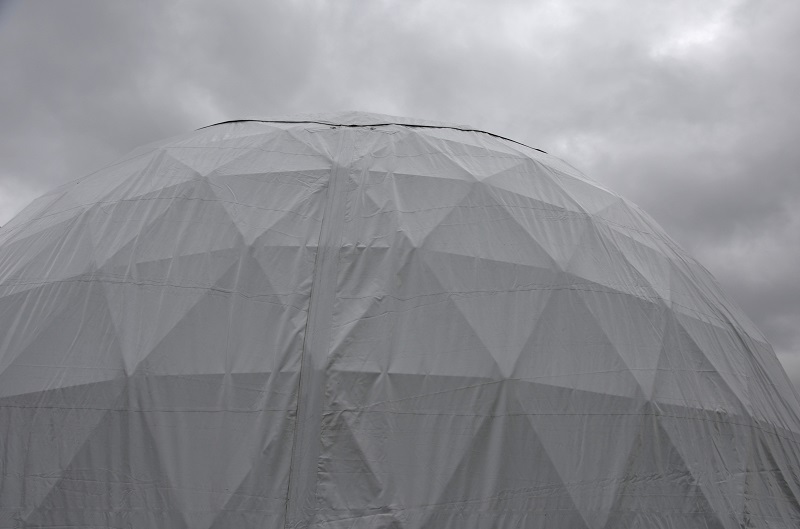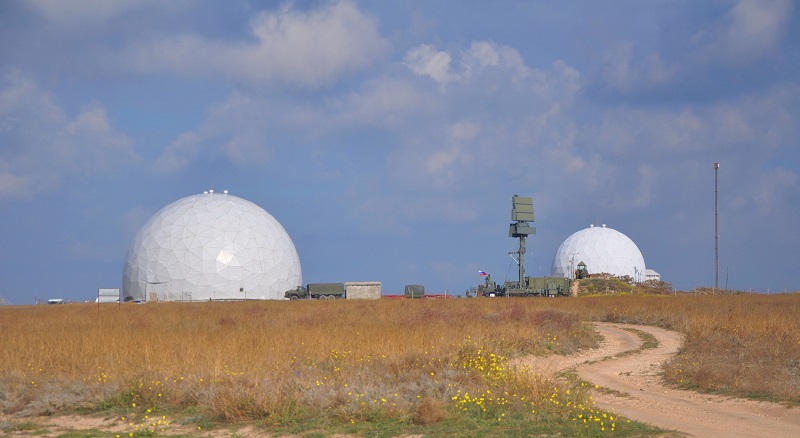The global demand for sustainable infrastructure has grown exponentially as the impacts of climate change, urbanization, and population growth become increasingly evident. Engineers, architects, and planners are now challenged to design and build structures that are not only durable but also environmentally responsible.
The Role of Sustainable Infrastructure in Modern Society
Sustainable infrastructure is defined by its ability to meet the needs of the present without compromising the future. This involves designing systems that can withstand environmental challenges, reduce resource consumption, and minimize emissions. From bridges and highways to water systems and power grids, every aspect of infrastructure must be designed with a forward-thinking approach that considers both environmental and social impacts.
The role of sustainable infrastructure is not only to promote economic growth but also to improve quality of life. Modern infrastructure must be resilient enough to adapt to the evolving challenges posed by climate change, such as rising sea levels, extreme heat, and increased frequency of storms. This resilience requires that infrastructure systems are designed and equipped to endure and recover from these stresses.
While many discussions around sustainable infrastructure focus on renewable energy, water conservation, and green building materials, there’s another key element that often goes unnoticed: radar shelter. This technological innovation plays a crucial role in the protection and longevity of infrastructure, particularly in regions prone to severe weather conditions.
Understanding Radar Shelter
Radar shelter is an integral component of resilient infrastructure systems, particularly in regions where severe weather poses a significant threat. In essence, radar shelters are specially designed enclosures that house radar systems, protecting them from environmental elements such as wind, rain, and extreme temperatures.
This technology is crucial for monitoring weather patterns, air traffic, and maritime operations, among other applications. Without radar shelters, the functionality and accuracy of radar systems could be compromised, leading to failures in early warning systems, navigation, and other critical functions.
For instance, weather radar systems are essential for predicting and tracking storms, hurricanes, and other weather events that could disrupt infrastructure. The radar shelter ensures that these systems remain operational, providing real-time data that can help communities prepare for and respond to such events. This kind of protection is critical for maintaining the integrity of both the radar system and the broader infrastructure network that relies on its data.
Weather Resilience and Infrastructure Durability
Severe weather events such as hurricanes, tornadoes, and flooding have become more frequent and intense due to climate change. These events pose a serious threat to infrastructure, leading to billions of dollars in damage annually. One of the key components in enhancing infrastructure resilience against these weather events is ensuring that monitoring systems, like radars, are fully functional and protected.
Radar shelter offers a robust solution to safeguard these systems, allowing them to withstand harsh weather conditions and continue functioning without interruption. In the context of sustainable infrastructure, radar shelters not only protect technological assets but also help minimize long-term maintenance costs and environmental damage.

Enhancing Energy Efficiency Through Radar Shelter
Energy efficiency is a cornerstone of sustainable infrastructure. Buildings, bridges, and other structures must be designed to consume less energy, contributing to a lower carbon footprint. Radar shelters, while primarily serving a protective role, also contribute to energy efficiency by reducing the need for frequent repairs and replacements of radar systems.
When radar systems are exposed to extreme weather without adequate shelter, they may suffer from damage that requires significant energy-intensive repairs or even complete replacement. By contrast, radar shelter ensures that these systems remain in optimal condition for longer periods, reducing the need for frequent servicing or new construction. This not only conserves energy but also reduces the demand for raw materials, further contributing to sustainability goals.
Radar Shelters as Part of a Holistic Approach to Sustainability
Sustainable infrastructure can’t be achieved by focusing on one aspect of the system alone. Instead, it requires a holistic approach that takes into account every element, from materials and design to technology and maintenance. Radar shelters are a prime example of how a seemingly small component can have a significant impact on the overall sustainability of a system.
Incorporating radar shelters into the design of infrastructure projects ensures that critical systems remain protected, reducing the likelihood of failure and the associated costs of repair and recovery. This protection extends beyond just the radar systems themselves; it safeguards entire networks of infrastructure that rely on accurate data for their operation. For example, transportation systems, power grids, and communication networks all depend on reliable radar data for day-to-day operations as well as emergency response.
Conclusion
Radar shelters are a critical yet often overlooked component of sustainable infrastructure. They provide essential protection for radar systems, ensuring the continued functionality of vital monitoring and communication technologies, especially in regions affected by severe weather. As the world faces increasing challenges from climate change and population growth, radar shelters will play an indispensable role in building the sustainable infrastructure of the future.




